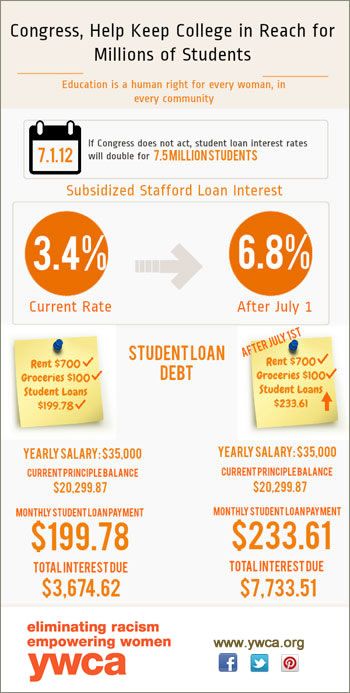In a groundbreaking shift within academia, a recent report reveals a significant surge in unionization efforts among college faculty and graduate students. This trend is reshaping the landscape of higher education and challenging traditional power dynamics on campuses across the nation.
The study, which analyzed unionization data from universities nationwide, found a striking percentage increase in unionization rates over the past few years. This uptick represents a seismic change in how academic professionals view their roles and bargaining power within educational institutions.
Several factors are driving this unionization wave. Stagnant wages, job insecurity, and increasing workloads have pushed many faculty members and graduate students to seek collective bargaining power. Additionally, the growing reliance on adjunct professors and the exploitation of graduate student labor have fueled discontent and a desire for better working conditions.
One graduate student organizer shared, “We’re not just students; we’re essential workers in the university ecosystem. It’s time our contributions are recognized and fairly compensated.”
The implications of this trend are far-reaching. Unionized faculty and graduate students are pushing for improved healthcare benefits, fair compensation, and greater job security. These changes could lead to a more stable and satisfied academic workforce, potentially enhancing the quality of education and research output.
However, the path to unionization is not without challenges. Some university administrations argue that unions could increase costs and reduce flexibility in academic operations. Despite these concerns, the momentum behind unionization shows no signs of slowing.
As this trend continues, it’s clear that the academic landscape is evolving. The rise in unionization efforts signals a new era of empowerment for faculty and graduate students, potentially reshaping the future of higher education in America. With collective voices growing stronger, the halls of academia may never be the same again.





